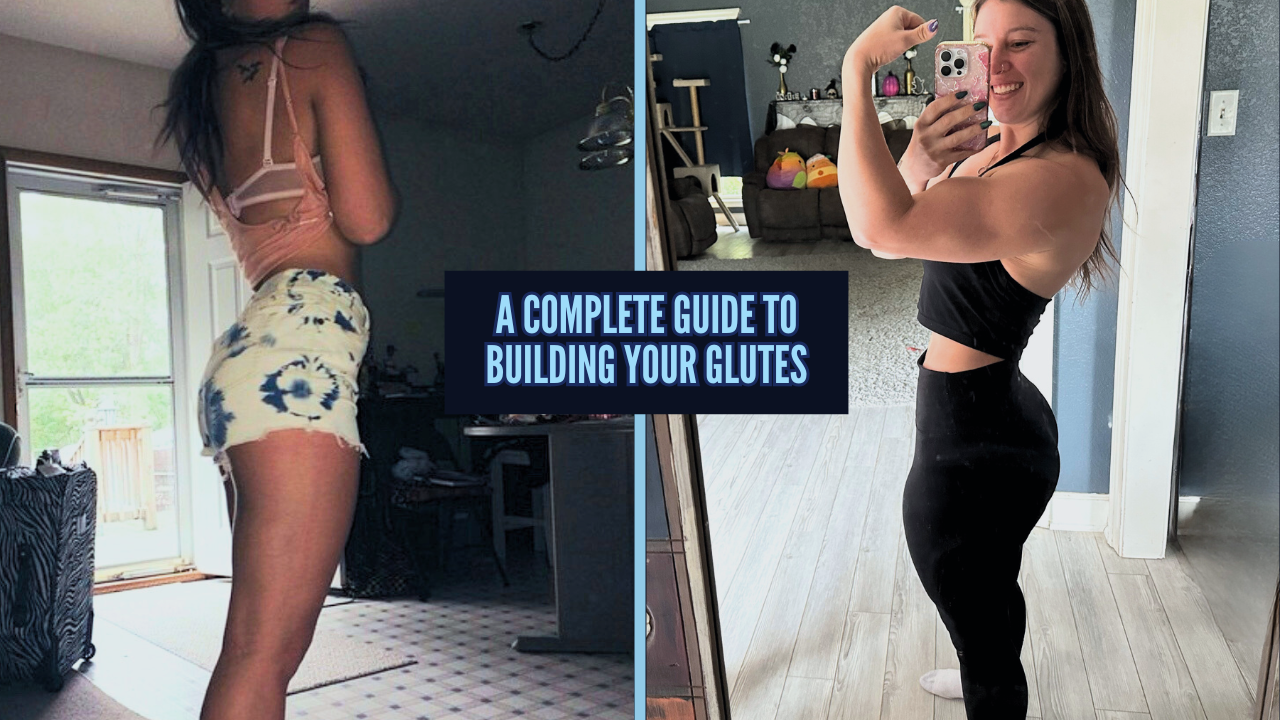Benefits of the Larsen Press for Powerlifting: Why You Should Include it in Your Training Program
What is the Larsen press?
The Larsen press is a bench variation where the feet hover over the ground, rather than being planted to the floor in your typical competition-style bench press.
The purpose behind this movement is to remove leg drive and put more emphasis on utilizing the chest, triceps, and shoulders.
Leg drive during a powerlifters’ in season is important to practice as it helps to create stability and tightness throughout the entire movement. That said, once a powerlifter has nailed proper bench technique for competition, taking the leg drive out of the movement further out from competition can also have its benefits for strength and muscle gain.
Building Mass & Hypertrophy
The Larsen press is a great movement for a powerlifters’ off season training to help build more muscle hypertrophy. Focusing on hypertrophy means that you’re putting more focus on building muscle vs. maximal strength.
When you’re closer to your competition, you’ll naturally want to put more emphasis on maximal strength and work less with bench variations, but during the off season or further out from competition, many powerlifters will want more focus on building muscle, which leads to a higher capacity for maximal strength for your next competition.
Building Core Stability & Tension
If you notice that your bar tilts to one side and/or that you feel unstable with heavier weight in your hands when you’re benching, this can oftentimes be a result of poor core stability & strength (via the obliques).
The Larsen press helps to improve your core control & stability while pressing with heavier loads. This is another common reason to add the Larsen press variation into your training routine.
How to Execute the Larsen Press
Setting up for the Larsen Press is similar to the set-up for your competition-style bench press. Once you’ve got yourself set-up for the bench press as you usually would and have un-racked the bar, make sure that you’re completely stable, and then you’ll lift your feet up from the floor and create tension throughout your entire body (including the legs) before beginning your press.
Setting up with your feet stabilized on the floor allows for a safer un-rack; you don’t want any part of your un-rack to be unstable as it just risks injury. This method also allows you to get your back set into the proper position for optimal tension.
The Difference Between Feet Up Bench Press & the Larsen Press
Many people confuse the Larsen press with the feet up bench press. The Larsen press is slightly different than the feet up bench press (where the feet rest on the bench rather than hover over the ground).
The added benefit from the Larsen press in comparison is that it also increases core stability & oblique tension under the bar, whereas the feet up bench press doesn’t have the same effect. The feet up bench press is better for those looking to only put emphasis on removing leg drive and not necessarily looking to focus on building core stability.
Sometimes newer lifters will focus on the feet up bench press first instead of attempting the Larsen press, as the Larsen press creates more instability and can be unsafe for beginner lifters to attempt before building up the proper technique, strength, and cueing for the movement.
The difference between a Larsen press and feet up bench press
Larsen Press Variations
You can do several variations of the Larsen press to zero-in on very specific goals. Here are some common variations of the Larsen press:
Touch and go (T&G) Larsen press
Competition paused Larsen press
Eccentric or tempo Larsen press
Pause Larsen press
Swiss bar Larsen press
Wide grip Larsen press
Narrow grip Larsen press
For example, if you’re a powerlifter wanting to build muscle during your off season and tend to have weaker triceps, you can try a narrow grip Larsen press. If you want to put more emphasis on shoulders, you could try the wider grip Larsen press. If you want to relieve the shoulders after a heavy training season, you can do a Swiss bar Larsen press variation to get yourself into a more neutral position.
If you’re working with just a regular Larsen press, you’ll be working with your competition-style grip.
Good luck & good lifting!



